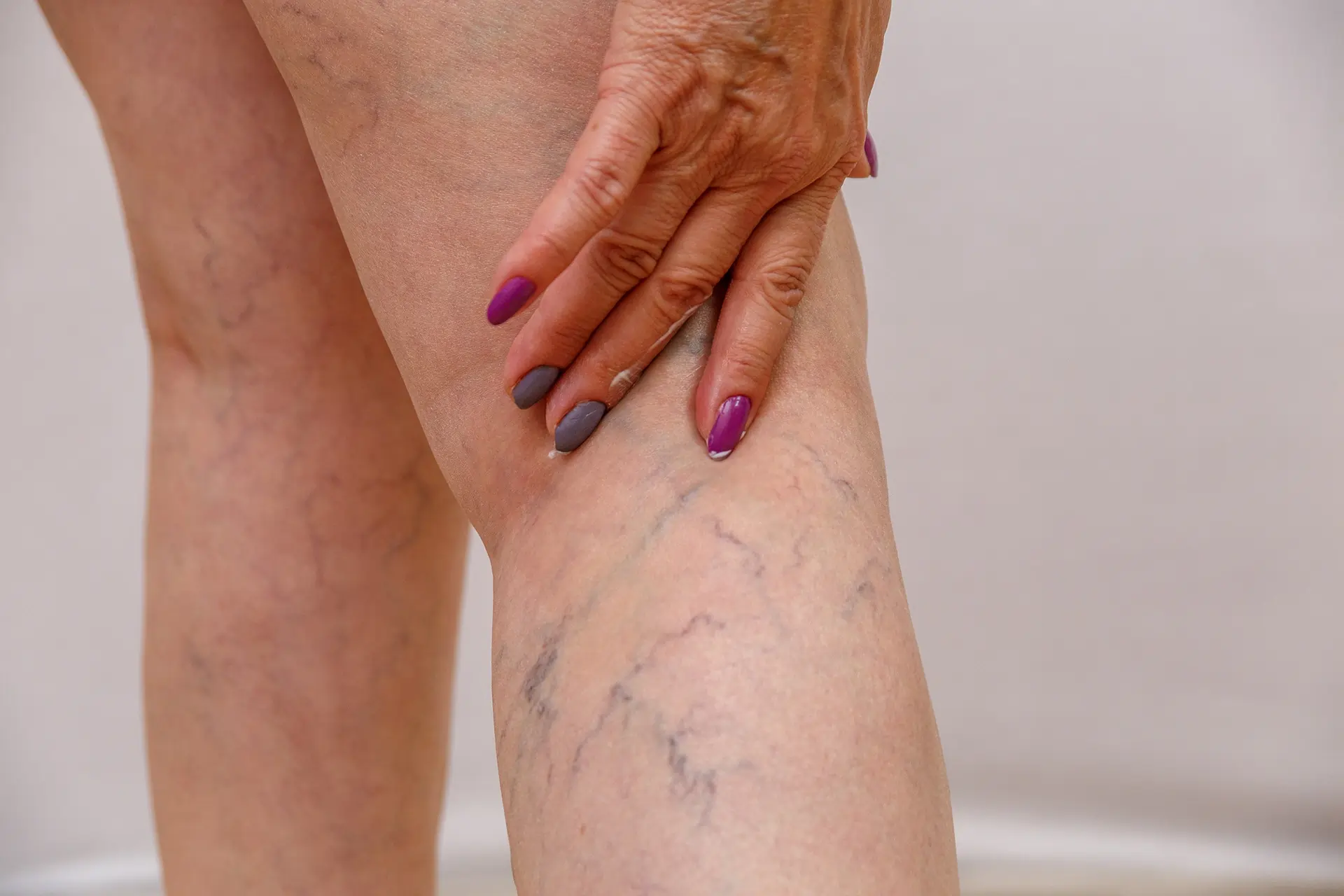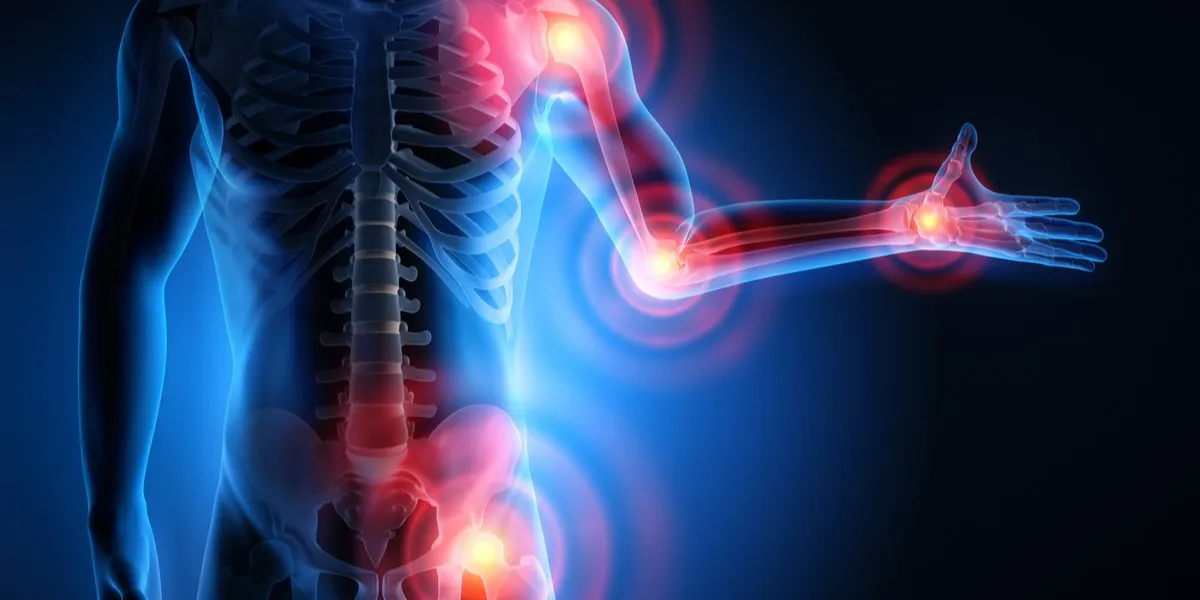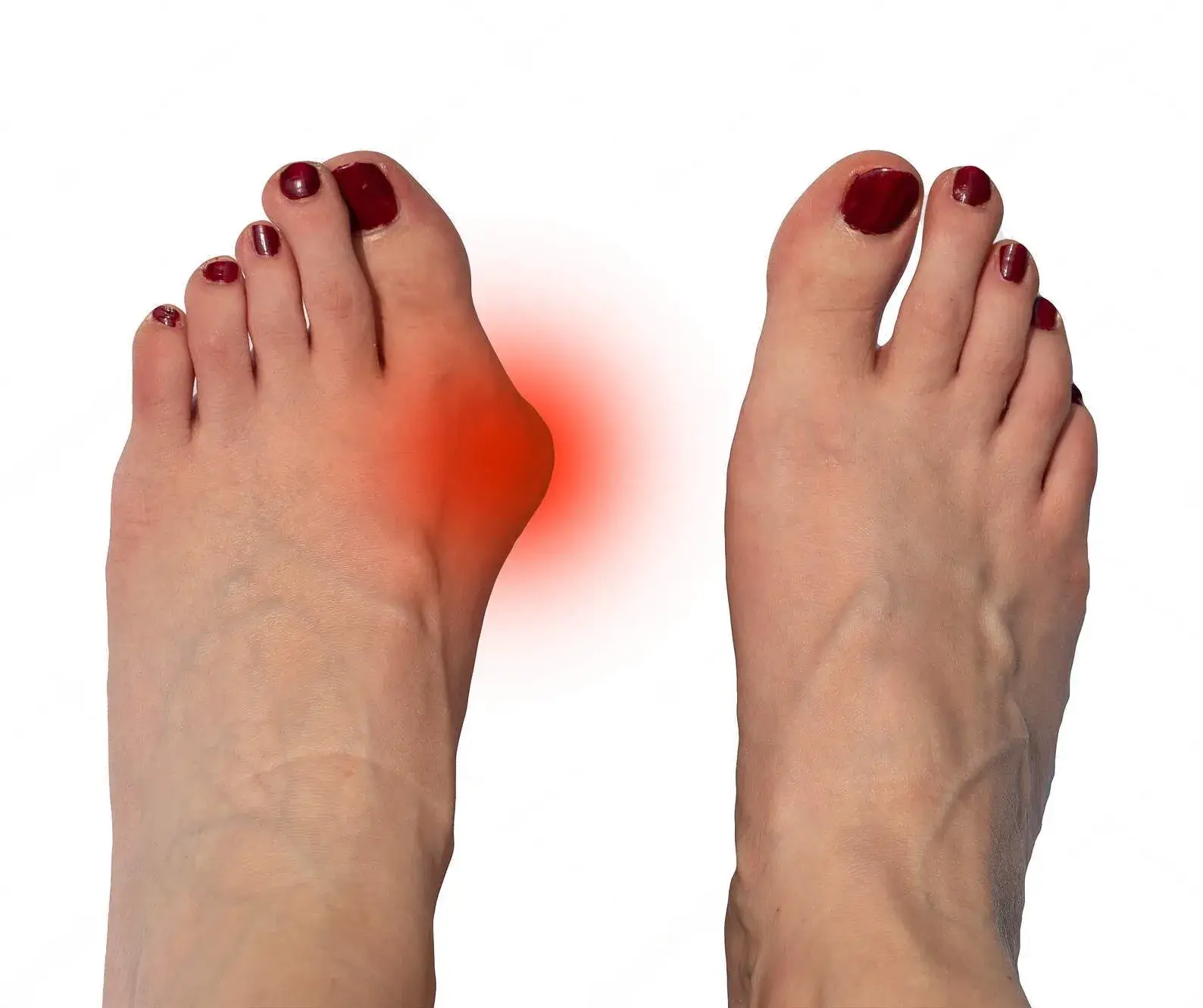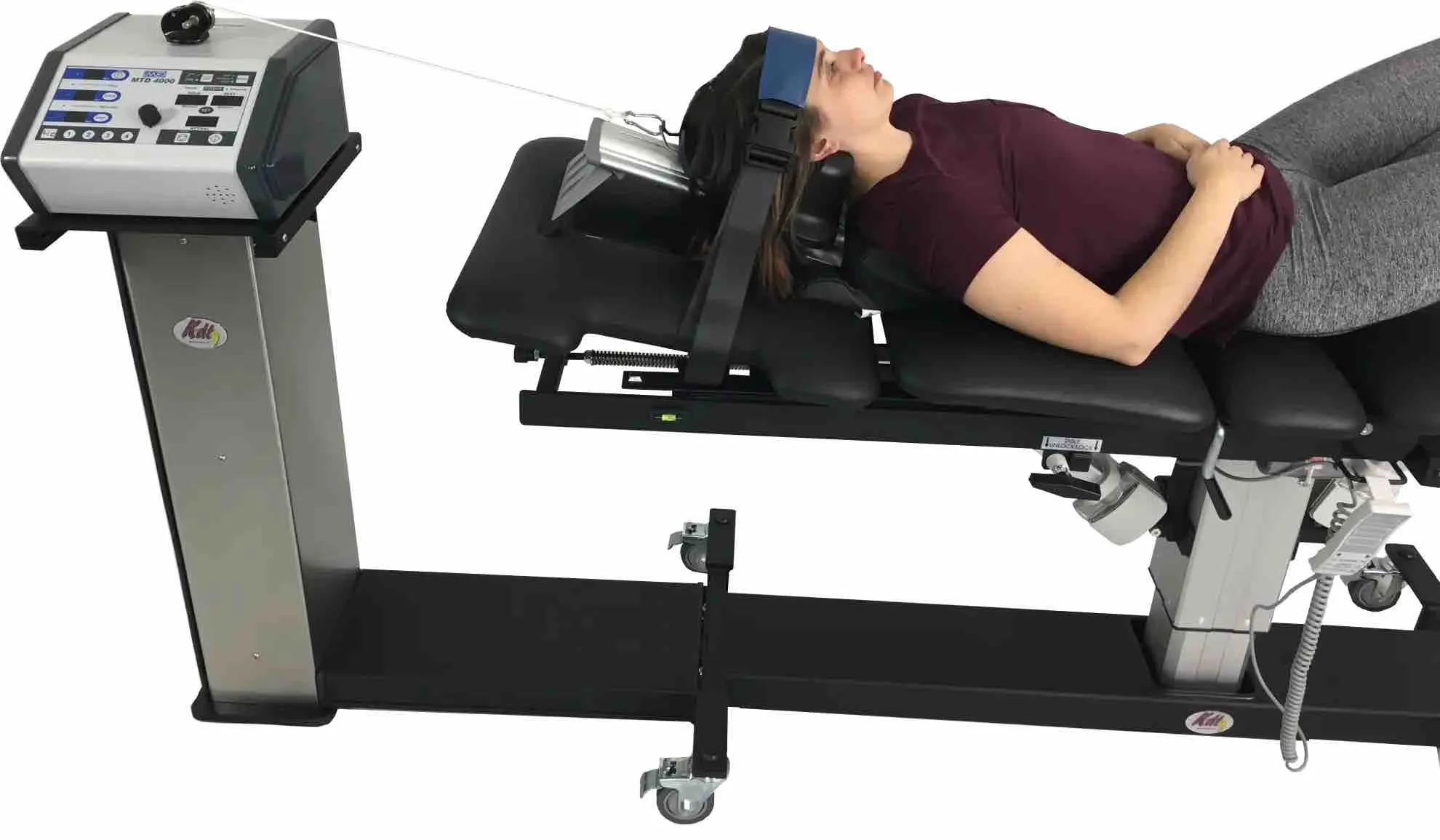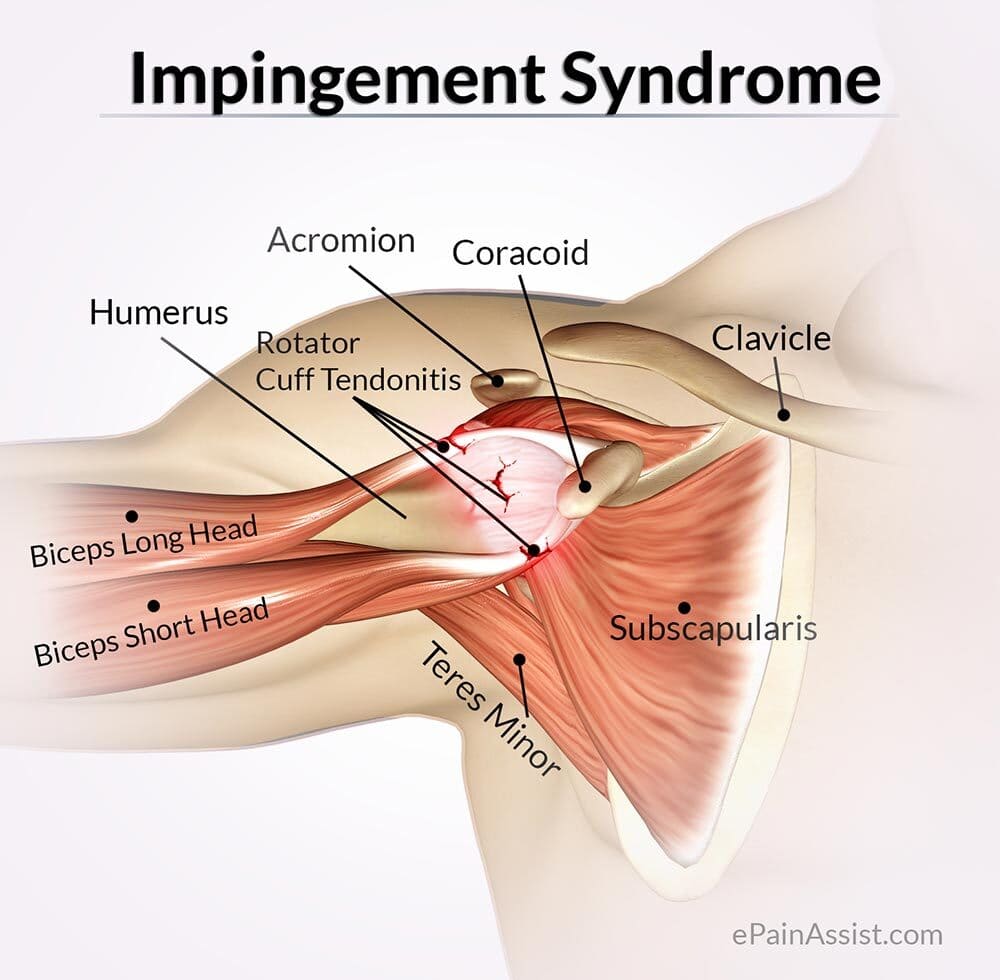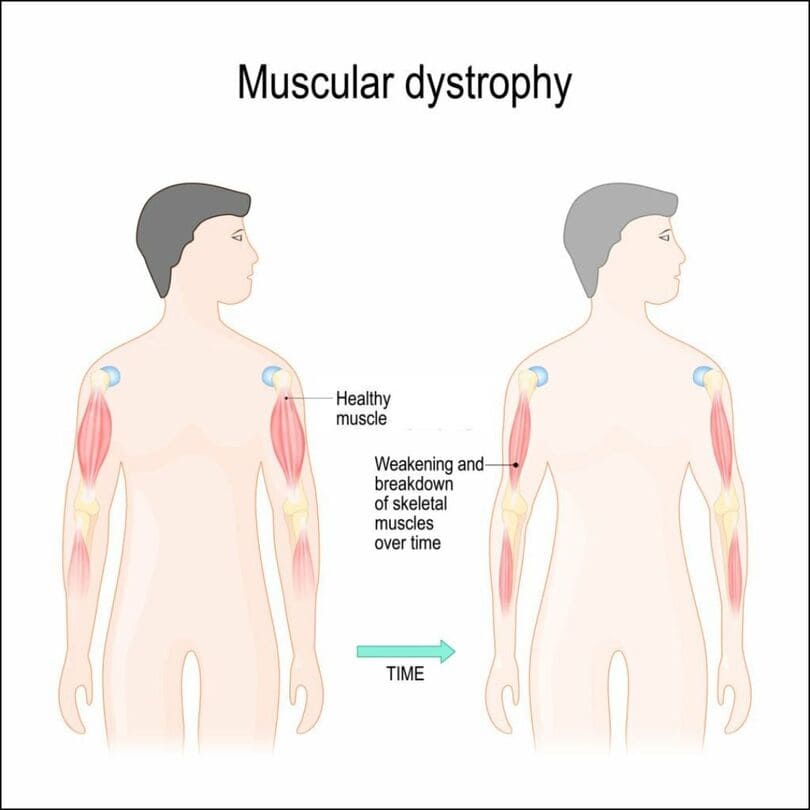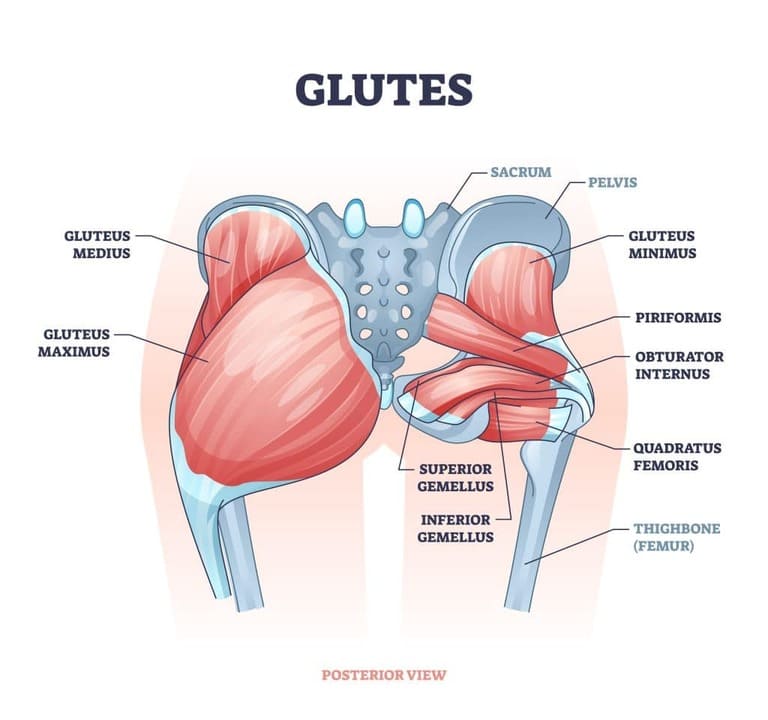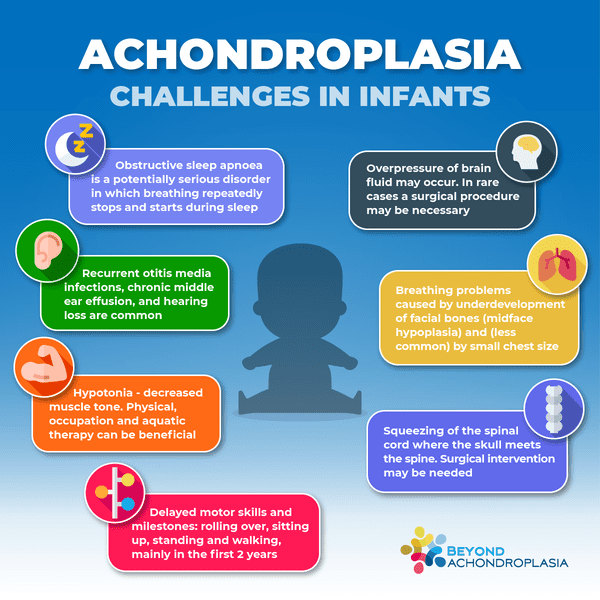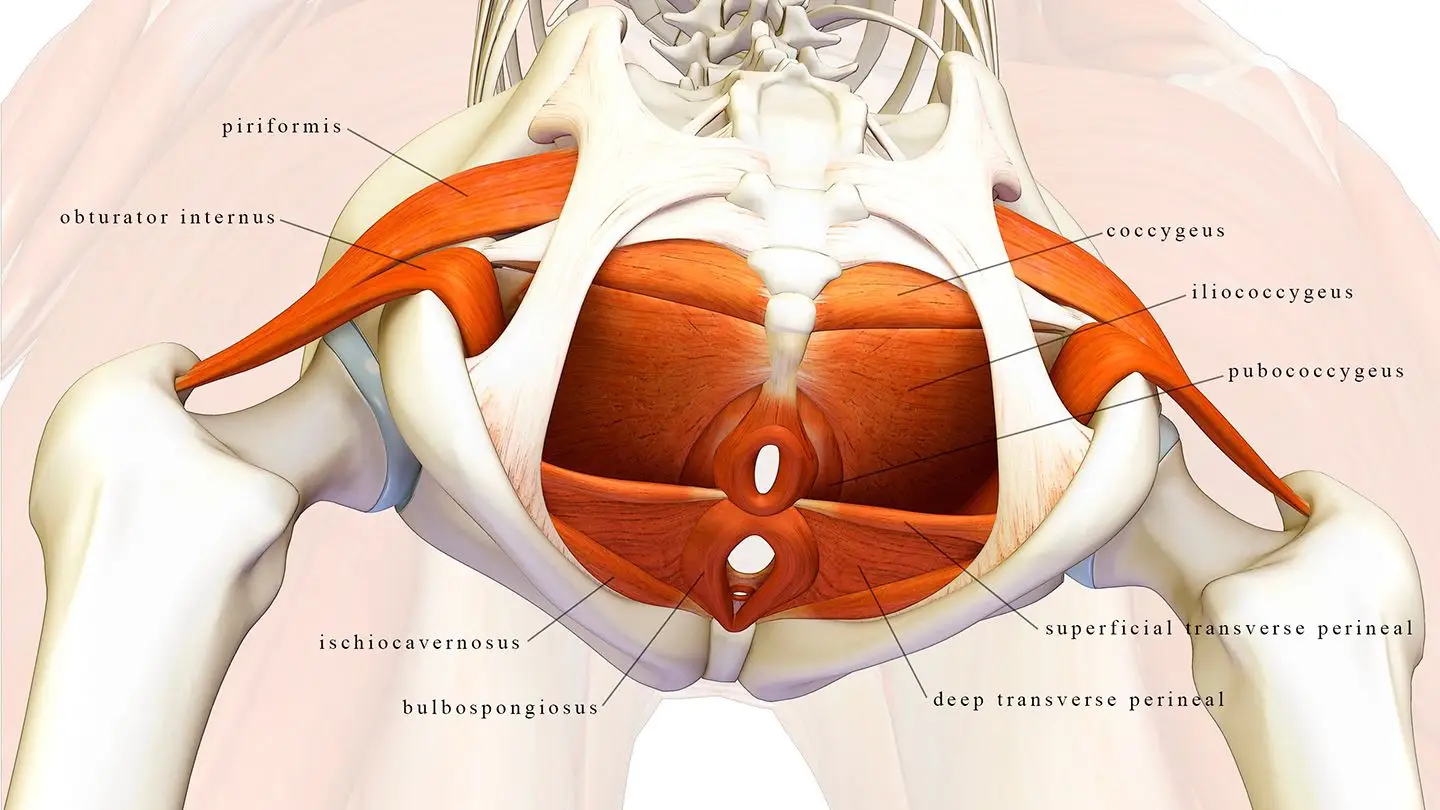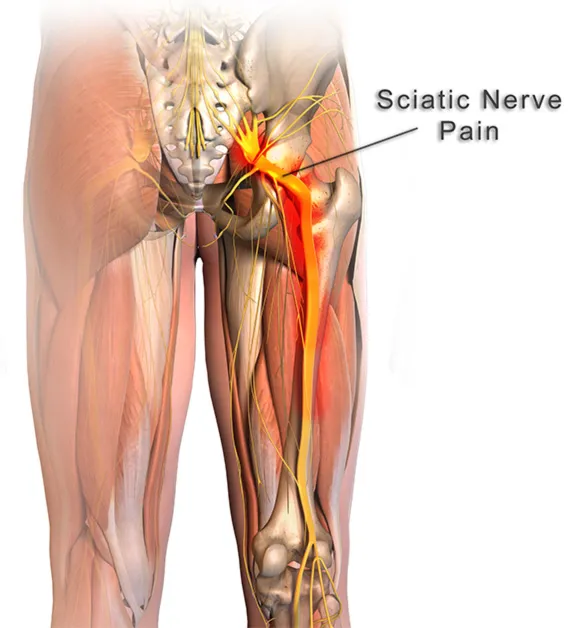
Postural orthostatic tachycardia syndrome (POTS) is a condition that affects blood circulation and is characterized by a set of symptoms that occur when a person stands up. One of the main indicators of POTS is a significant increase in heart rate, with adults experiencing a rise of at least 30 beats per minute and adolescents experiencing a rise of at least 40 beats per minute within the first 10 minutes of standing. POTS is typically diagnosed after other conditions, such as orthostatic hypotension, dehydration, and blood loss, have been ruled out. Orthostatic hypotension is determined by a decrease in blood pressure when standing up.
What is Postural Orthostatic Tachycardia Syndrome (POTS)?
Postural orthostatic tachycardia syndrome (POTS) causes your heart to beat faster than normal when you transition from sitting or lying down to standing up. It’s a type of orthostatic intolerance.
Meaning of POTS:
– Postural: Related to body position.
– Orthostatic: Related to standing upright.
– Tachycardia: Heart rate over 100 beats per minute.
– Syndrome: A group of symptoms occurring together.
Normally, your autonomic nervous system regulates heart rate and blood pressure to maintain healthy blood flow regardless of body position. In POTS, this coordination fails, leading to unstable blood pressure and various symptoms.
Each case of POTS is unique, with symptoms that may come and go over years. Adjustments in diet, medications, and physical activity can significantly improve the quality of life for most people with POTS.
Symptoms of POTS:
POTS symptoms can manifest suddenly or develop gradually over time. They typically occur immediately or within a few minutes after sitting up or standing, and lying down may alleviate some symptoms. Symptoms can vary among individuals and may include:
- Dizziness or lightheadedness, especially upon standing or during prolonged standing or walks.
- Fainting or near fainting episodes.
- Forgetfulness and difficulty focusing (brain fog).
- Heart palpitations or a racing heart rate.
- Fatigue or exhaustion.
- Feelings of nervousness or anxiety.
- Shakiness and excessive sweating.
- Shortness of breath (dyspnea).
- Chest pain.
- Headaches.
- Nausea.
- Bloating.
- Pale face and purple discoloration of hands and feet when lower than heart level.
- Disrupted sleep due to chest pain, racing heart rate, and excessive sweating.
POTS symptoms often exacerbate in warm environments, during frequent standing, strenuous exercise, illness, or menstruation.
Causes of POTS:
The exact cause of POTS remains uncertain, but researchers have identified several potential factors, categorized into different subtypes:
- Neuropathic POTS: Resulting from peripheral denervation, leading to poor blood vessel muscle function, particularly in the legs and abdomen.
- Hyperadrenergic POTS: Occurs when the sympathetic nervous system is excessively active.
- Hypovolemic POTS: Associated with reduced blood volume, which can overlap symptoms seen in neuropathic and hyperadrenergic POTS.
Emerging evidence suggests POTS may have autoimmune origins, where the immune system mistakenly attacks healthy tissue.
Can Postural Orthostatic Tachycardia Syndrome Be Fatal?
While POTS can significantly impact one’s life, it is not life-threatening. The main risk for POTS patients is falls due to fainting. However, not everyone with POTS experiences fainting, and for those who do, it may be infrequent. Awareness and precautionary measures can help prevent injuries from falls.
POTS Risk Factors
Dysautonomia International estimates that POTS affects between one and three million people in the U.S. Most of those affected are women, but men can develop POTS as well. It is less common in young children but often appears during adolescence, particularly around puberty. POTS may begin after a viral illness, surgery, or other health events.
POTS can run in families, although no single gene has been linked to most cases. A mutation in the norepinephrine transporter gene affects only a small fraction of POTS patients. There is a strong association between POTS and various joint hypermobility disorders, such as Ehlers-Danlos syndrome. Recent research also suggests a connection between POTS, joint hypermobility, and mast cell disorders, some of which have a genetic basis.
How is POTS Diagnosed?
Diagnosing POTS can be challenging due to the variety of symptoms affecting different organ systems. Symptoms often last for months before doctors diagnose POTS. To confirm POTS, your doctor will conduct a physical exam, order blood tests, and perform a standing test or head-up tilt table test.
Tilt Table Test for POTS:
- During this test, you lie flat on a table that tilts to an upright position.
- The medical team measures your heart rate, blood pressure, blood oxygen, and exhaled carbon dioxide levels.
POTS Diagnosis Criteria:
- You might have POTS if you meet all three criteria:
- Your heart rate responds abnormally when you stand up.
- Your symptoms get worse when you are upright.
- You don’t develop low blood pressure within the first three minutes of testing.
Other POTS Tests:
Additional tests may include:
- Valsalva Maneuver: Tests how your autonomic nerves control the heart.
- Quantitative Sudomotor Axon Reflex Test (QSART): Measures how your autonomic nerves control sweating.
- Less commonly, doctors may order MRIs and other imaging tests to rule out tumors or other issues.
Similar Conditions
Many conditions share symptoms with POTS and can complicate other chronic health problems, such as asthma and bowel diseases. Most adolescents and young adults with myalgic encephalomyelitis/chronic fatigue syndrome (ME/CFS) also have POTS or related issues. Symptoms like fatigue and exercise intolerance are more intense in those with both ME/CFS and POTS.
Conditions Similar to POTS:
- Inappropriate Sinus Tachycardia: Characterized by a resting heart rate above 100 beats per minute.
- Fibromyalgia: Patients can develop POTS.
- Gastrointestinal Motility Disorders: Such as irritable bowel syndrome.
- Hyperhidrosis: Excessive sweating and other conditions can also lead to POTS.
Using a combination of exams, tests, and identifying similar conditions, doctors can accurately diagnose and manage POTS.
How is POTS Treated?
Treatment for POTS varies per individual, as symptoms and underlying conditions differ. Though there’s no cure, most patients manage POTS with diet, exercise, and medication.
Diet for POTS:
- Drink fluids frequently, aiming for 2-2.5 liters daily.
- Increase salt intake to help retain water in the bloodstream.
- Avoid alcohol, which worsens symptoms by diverting blood and increasing fluid loss.
- Caffeine may help or worsen symptoms, so monitor its effects and consult a doctor.
Exercise for POTS:
- Start physiotherapy slowly, increasing intensity based on tolerance.
- Exercise in a reclined position if unable to stand.
- Aquatic therapy can be beneficial.
- Manual physical therapy may help build exercise tolerance.
Medications for POTS:
Various medications can help manage symptoms, focusing on:
- Improving blood volume.
- Retaining sodium (e.g., fludrocortisone).
- Reducing heart rate (e.g., beta blockers).
- Improving blood vessel constriction (e.g., midodrine).
Other Treatments:
- Modify behavior or environment to avoid symptom triggers.
- Wear compression garments to reduce blood pooling.
- Use specific postures while sitting or sleeping to alleviate symptoms.
Does POTS Go Away?
Symptoms may lessen or disappear but can return unexpectedly. Symptom absence doesn’t mean the underlying cause is gone.
Conclusion
Managing Postural Orthostatic Tachycardia Syndrome (POTS) requires a personalized approach, integrating lifestyle changes, dietary adjustments, and, in some cases, medications. Dietary changes, such as increasing fluid and sodium intake and eating smaller, frequent meals, are crucial for managing POTS effectively. While there are no FDA-approved medications specifically for POTS, several off-label medications can help alleviate symptoms. Monitoring blood pressure and pulse, maintaining good sleep hygiene, and avoiding symptom triggers are essential components of managing the condition.
Collaboration with healthcare providers is key to developing an effective management plan tailored to individual needs. By incorporating these strategies, individuals with POTS can improve their quality of life and better manage their symptoms.

